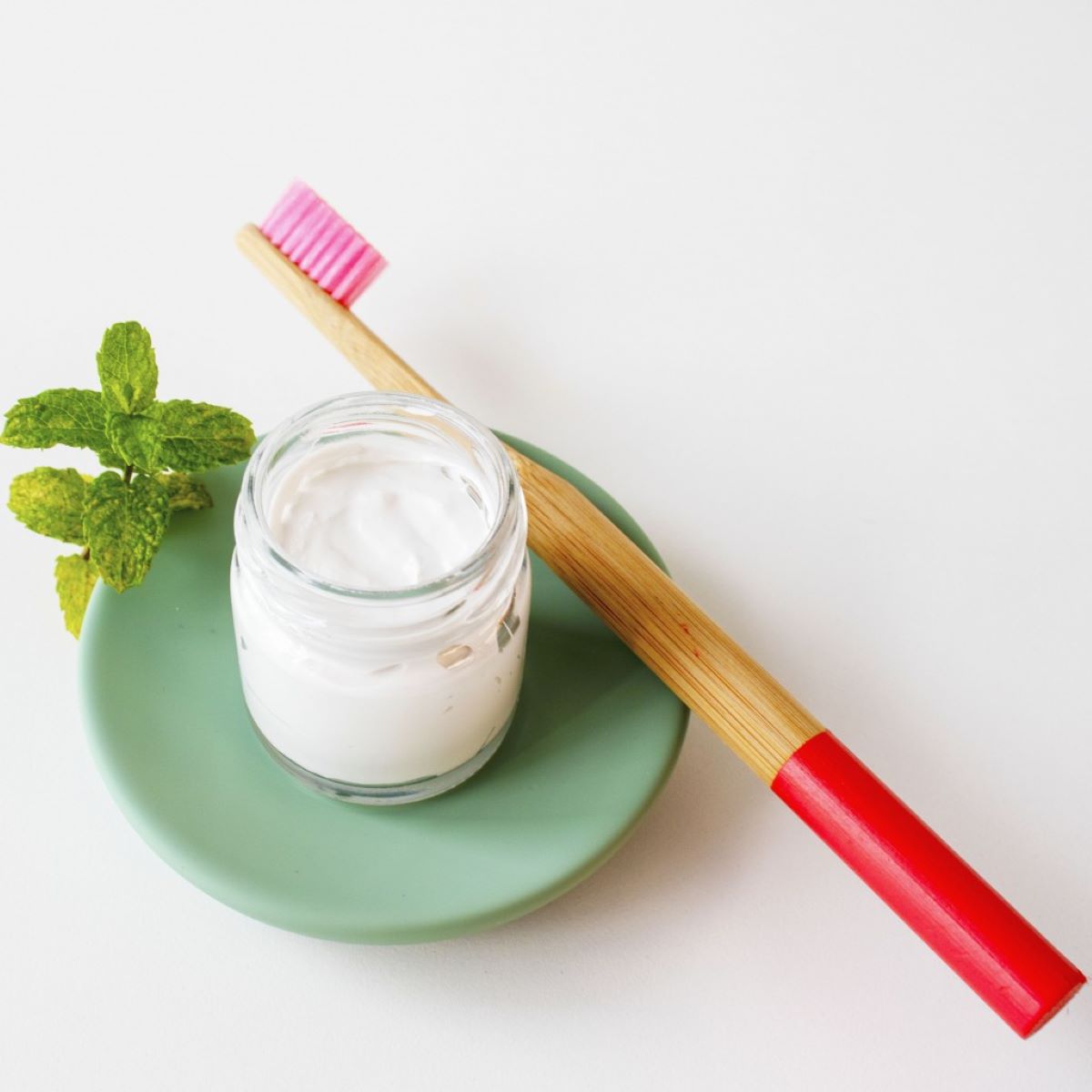

Articles
How To Store Homemade Toothpaste
Modified: January 9, 2024
Discover the best methods for storing homemade toothpaste with our informative articles. Keep your DIY toothpaste fresh and effective for longer.
(Many of the links in this article redirect to a specific reviewed product. Your purchase of these products through affiliate links helps to generate commission for Storables.com, at no extra cost. Learn more)
Introduction
Homemade toothpaste has gained popularity in recent years as people become more conscious of the ingredients they are putting in their bodies. With concerns about chemicals and additives in commercial toothpaste, many individuals are turning to homemade alternatives as a natural and affordable option. Creating your own toothpaste gives you control over the ingredients and allows you to customize it to your own preferences.
Not only is homemade toothpaste a healthier choice, but it is also an eco-friendly option. Most commercial toothpaste tubes are made of plastic, which contributes to the growing problem of plastic waste in our environment. By making your own toothpaste, you can reduce your carbon footprint and minimize your impact on the planet.
In this article, we will explore the benefits of homemade toothpaste and provide you with a comprehensive guide on how to store it properly to maintain its freshness and effectiveness.
Key Takeaways:
- Embrace the benefits of homemade toothpaste, from natural ingredients to cost savings, and prioritize your oral health while contributing to a more sustainable lifestyle. Customize your toothpaste and enjoy the eco-friendly advantages.
- Proper storage and shelf life tips are essential for maintaining the freshness and effectiveness of homemade toothpaste. Choose suitable containers, use natural preservatives, and make smaller batches to ensure a safe and enjoyable oral care experience.
Read more: How To Store Homemade Ravioli
Benefits of Homemade Toothpaste
There are numerous benefits to using homemade toothpaste instead of commercially available options. Here are some of the key advantages:
- Natural Ingredients: One of the main benefits of homemade toothpaste is that you have complete control over the ingredients used. You can avoid harmful chemicals, artificial flavors, and preservatives commonly found in commercial toothpaste. Instead, you can use natural ingredients such as baking soda, coconut oil, and essential oils that promote oral health.
- Customizable Flavor: Homemade toothpaste allows you to customize the flavor to suit your preferences. You can experiment with different essential oils like peppermint, spearmint, or cinnamon to create a refreshing and pleasant taste. Finding the perfect flavor can make brushing your teeth a more enjoyable experience.
- Cost-Effective: Making your own toothpaste can be significantly cheaper than buying commercial products. Most homemade toothpaste recipes require only a few simple ingredients that are readily available and inexpensive. By opting for a DIY approach, you can save money in the long run while maintaining good oral hygiene.
- Eco-Friendly: Store-bought toothpaste typically comes in plastic tubes that contribute to environmental pollution. By switching to homemade toothpaste, you can reduce plastic waste and minimize your ecological footprint. Additionally, many homemade toothpaste recipes can be stored in reusable containers, further reducing waste.
- Effective Oral Care: Contrary to popular belief, homemade toothpaste can be just as effective in maintaining oral health as commercial brands. Ingredients like baking soda, which has natural whitening properties, and coconut oil, which has antibacterial and antimicrobial properties, can help keep your teeth and gums healthy. By using homemade toothpaste regularly, you can achieve a clean and fresh mouth.
Overall, homemade toothpaste offers a range of benefits, from using natural ingredients to promoting sustainability and cost savings. By making a switch to homemade toothpaste, you can prioritize your oral health while being mindful of the environment. Now that we’ve explored the advantages, let’s dive into the details of creating and storing homemade toothpaste.
Ingredients for Homemade Toothpaste
Creating your own toothpaste allows you to choose the ingredients that are right for you and your oral health needs. Here are some common ingredients used in homemade toothpaste:
- Baking Soda: Baking soda is a staple ingredient in homemade toothpaste. It has natural cleansing properties that help remove plaque and stains from teeth. Baking soda also helps balance the pH levels in your mouth, which can prevent the growth of bacteria.
- Coconut Oil: Coconut oil is another popular ingredient in homemade toothpaste. It has antibacterial, antifungal, and antiviral properties that help fight against harmful bacteria in the mouth. Additionally, coconut oil helps moisturize the gums and keeps the mouth feeling fresh.
- Essential Oils: Essential oils not only add flavor but also offer additional oral health benefits. Peppermint oil provides a refreshing taste and has antimicrobial properties, while tea tree oil can help combat gum diseases and bad breath. Other essential oils like spearmint, cinnamon, and clove can also be used to enhance the flavor and provide their respective benefits.
- Xylitol: Xylitol is a natural sweetener that can be added to homemade toothpaste to give it a pleasant taste. It is also known to inhibit the growth of harmful bacteria in the mouth and prevent tooth decay. However, it’s important to note that xylitol should be used in moderation, as excessive consumption can have a laxative effect.
- Sea Salt: Sea salt is a natural ingredient that can help promote healthy gums and reduce inflammation. It also acts as a gentle abrasive, aiding in the removal of plaque and stains from the teeth. Just make sure to choose a fine-grain sea salt to avoid damaging your tooth enamel.
These are just a few of the many ingredients you can use to create your own toothpaste. Depending on your personal preferences and specific oral health needs, you can experiment with different combinations and ratios to find the perfect homemade toothpaste recipe for you.
Now that you are familiar with the ingredients, let’s move on to discussing the storage containers suitable for homemade toothpaste.
Storage Containers for Homemade Toothpaste
When it comes to storing homemade toothpaste, it’s important to choose the right containers to ensure its freshness and longevity. Here are some suitable options for storing your homemade toothpaste:
- Glass Jars: Glass jars are an excellent choice for storing homemade toothpaste. They are non-reactive and do not leach any chemicals into the toothpaste. Opt for dark-colored glass jars to protect the toothpaste from light exposure, which can degrade the quality of the ingredients over time.
- Reusable Silicone Tubes: Silicone tubes are a convenient and eco-friendly option for storing homemade toothpaste. They are flexible and easy to squeeze, making it effortless to dispense the desired amount of toothpaste. Look for options that are made from food-grade silicone and have a tight-fitting cap to prevent air and moisture from entering.
- Metal tins: Metal tins, such as small aluminum or stainless steel containers, are another suitable choice for storing homemade toothpaste. They offer a durable and portable option, making them ideal for traveling or on-the-go use. Ensure that the inside of the container is lined with food-grade material to prevent any reactions with the toothpaste.
- Plastic Containers: If you prefer using plastic containers, look for BPA-free options to minimize any potential chemical leaching. Choose containers with a tight-sealing lid to keep the toothpaste fresh and prevent any leakage. However, keep in mind that plastic is not the most eco-friendly option.
Regardless of the type of container you choose, it’s important to ensure that it is clean and dry before storing the toothpaste. Additionally, labeling the container with the date of preparation can help you keep track of its shelf life.
Now that you have the right storage container, let’s move on to discussing the proper storage techniques for homemade toothpaste.
Store homemade toothpaste in an airtight container to prevent it from drying out and to maintain its freshness. Keep it in a cool, dry place away from direct sunlight to preserve its quality.
Proper Storage Techniques
Proper storage techniques are crucial to maintain the freshness and effectiveness of homemade toothpaste. Follow these guidelines to ensure that your toothpaste stays in optimal condition:
- Keep it airtight: It’s essential to store homemade toothpaste in airtight containers to prevent air exposure. Oxygen can cause the ingredients to oxidize and degrade over time. Make sure the lid or cap of the container fits tightly to create a seal and keep out any moisture and air.
- Avoid direct sunlight: Exposure to sunlight can affect the quality and potency of the ingredients in homemade toothpaste. Store your toothpaste in a cool, dark place, away from direct sunlight or heat sources. Sunlight can cause the essential oils to break down, leading to a loss of flavor and effectiveness.
- Maintain proper hygiene: Always use a clean spoon or spatula when scooping out toothpaste from the container to avoid introducing bacteria into the mixture. This will help prevent any unwanted contamination and maintain the quality of your homemade toothpaste.
- Store in a cool environment: High temperatures can soften the toothpaste and cause separation of ingredients. It is best to store your toothpaste in a cool environment, preferably at room temperature. Avoid storing it near the stove, in the bathroom (where heat and humidity levels are higher), or in the fridge (as this can make the toothpaste too hard).
- Regularly check for signs of spoilage: Keep an eye out for any changes in color, consistency, or odor of the toothpaste. If you notice any signs of spoilage or if the toothpaste has expired, it’s best to discard it and prepare a fresh batch.
By following these proper storage techniques, you can ensure that your homemade toothpaste remains fresh, effective, and safe to use. However, it is important to keep in mind that homemade toothpaste may have a shorter shelf life compared to commercial toothpaste, as it does not contain preservatives. It’s recommended to make smaller batches to ensure the toothpaste is always fresh.
Now, let’s move on to some tips for extending the shelf life of homemade toothpaste.
Read more: How To Store Homemade Bread
Tips for Extending Shelf Life
While homemade toothpaste does not contain preservatives like commercial toothpaste, there are some tips you can follow to help extend its shelf life and maintain its freshness:
- Use clean containers: Before storing your homemade toothpaste, ensure that the storage containers are thoroughly cleaned and dried. Any residual moisture or bacteria can lead to spoilage.
- Avoid introducing contaminants: To prevent the growth of bacteria, only use clean utensils when handling the toothpaste. Avoid touching the paste directly with your fingers to minimize any contamination.
- Store in the refrigerator: If you live in a hot and humid climate, or if your homemade toothpaste contains perishable ingredients like fresh herbs or fruit extracts, storing it in the refrigerator can help prolong its shelf life. However, keep in mind that the toothpaste may harden slightly in colder temperatures, so allow it to return to room temperature before use.
- Use natural preservatives: Although homemade toothpaste does not contain synthetic preservatives, some natural ingredients have antimicrobial properties that can help prolong its shelf life. Adding a few drops of grapefruit seed extract or vitamin E oil can act as natural preservatives and inhibit the growth of bacteria.
- Make smaller batches: To ensure the toothpaste is always fresh, consider making smaller batches that will last for a shorter period. This way, you can avoid storing the toothpaste for an extended period, reducing the risk of spoilage.
- Observe smell, color, and texture: Regularly check the toothpaste for any signs of spoilage, such as off-putting odor, unusual color changes, or changes in texture. If you notice any of these signs, it’s best to discard the toothpaste and prepare a fresh batch.
Following these tips will help maximize the shelf life of your homemade toothpaste and ensure that it remains safe and effective for use. Remember, it’s always best to prioritize freshness and quality when it comes to oral hygiene.
With the proper storage techniques and these tips in mind, you can enjoy the benefits of homemade toothpaste for an extended period without compromising its efficacy. Now let’s wrap up the article.
Conclusion
In conclusion, homemade toothpaste offers a range of benefits, from using natural ingredients to promoting sustainability and cost savings. By making your own toothpaste, you have control over the ingredients used and can avoid harmful chemicals commonly found in commercial toothpaste. Additionally, creating homemade toothpaste allows you to customize the flavor to your liking.
Proper storage is essential to maintain the freshness and effectiveness of homemade toothpaste. Choose the right storage containers such as glass jars, reusable silicone tubes, metal tins, or BPA-free plastic containers. Keep the toothpaste airtight, avoid direct sunlight, and store it in a cool environment to prevent ingredient degradation.
Taking steps to extend the shelf life of your homemade toothpaste can help maximize its use. Use clean containers and utensils, consider storing in the refrigerator if needed, and utilize natural preservatives like grapefruit seed extract or vitamin E oil. Making smaller batches and regularly checking for signs of spoilage will ensure that your toothpaste is always fresh and safe to use.
By embracing homemade toothpaste, you not only prioritize your oral health but also contribute to a more sustainable and eco-friendly lifestyle. You can reduce plastic waste by using reusable containers, customize your toothpaste to suit your preferences, and save money in the process.
Remember, while homemade toothpaste can be an effective and natural alternative, it’s always a good idea to consult with your dentist or oral health professional to ensure it meets your specific oral care needs.
So why not give homemade toothpaste a try? Enjoy the benefits of a healthier, more sustainable oral care routine while having fun experimenting with different flavors and ingredients. Your teeth and the environment will thank you!
Frequently Asked Questions about How To Store Homemade Toothpaste
Was this page helpful?
At Storables.com, we guarantee accurate and reliable information. Our content, validated by Expert Board Contributors, is crafted following stringent Editorial Policies. We're committed to providing you with well-researched, expert-backed insights for all your informational needs.

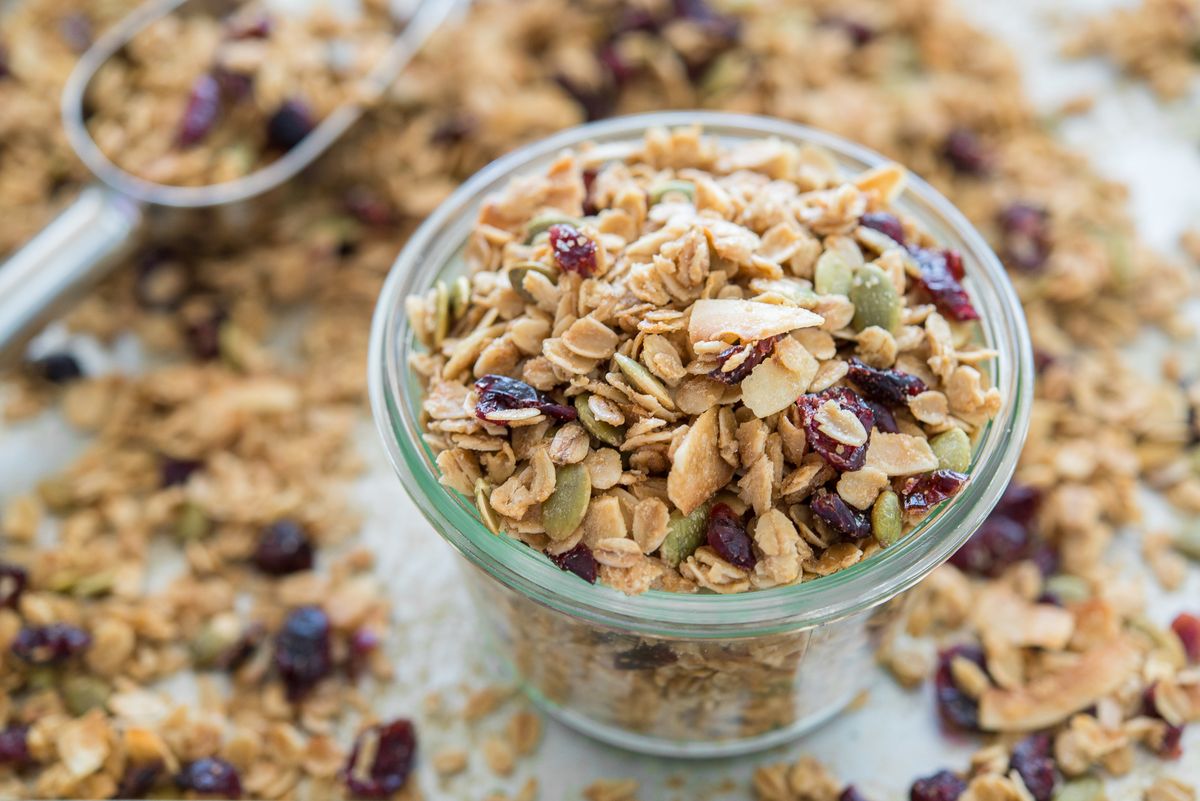
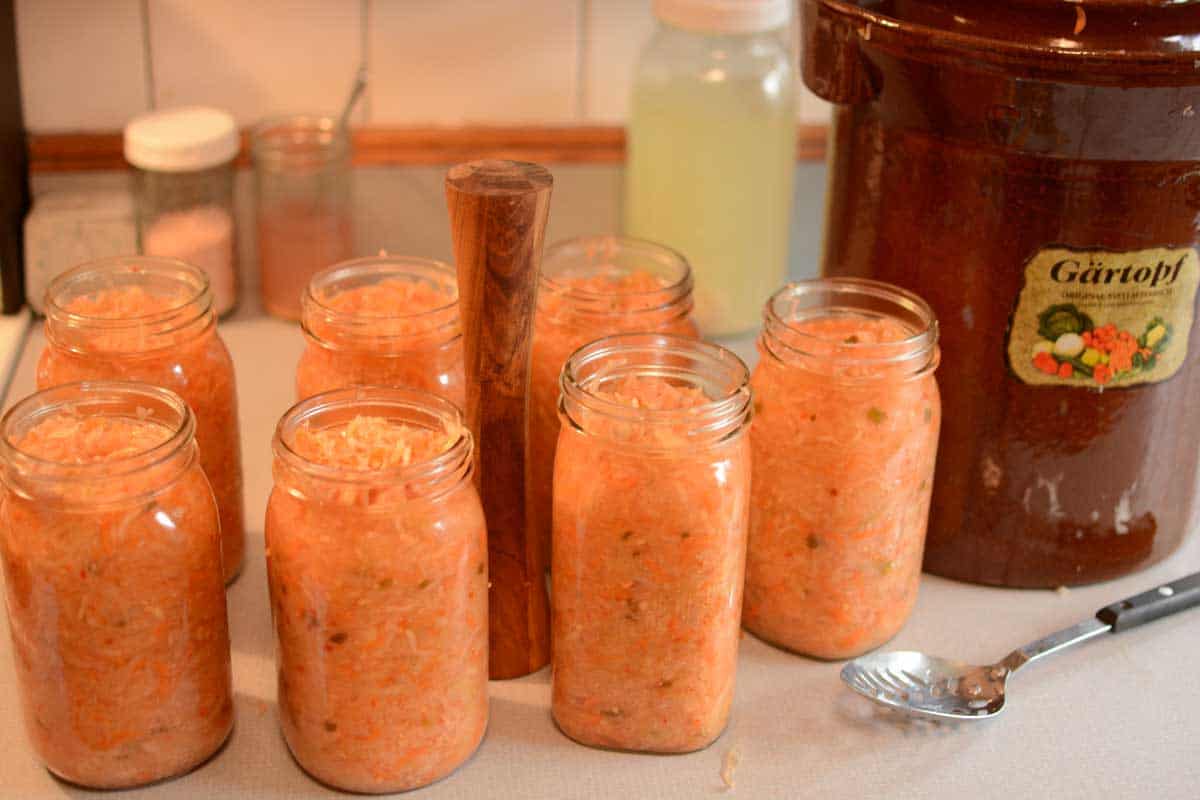
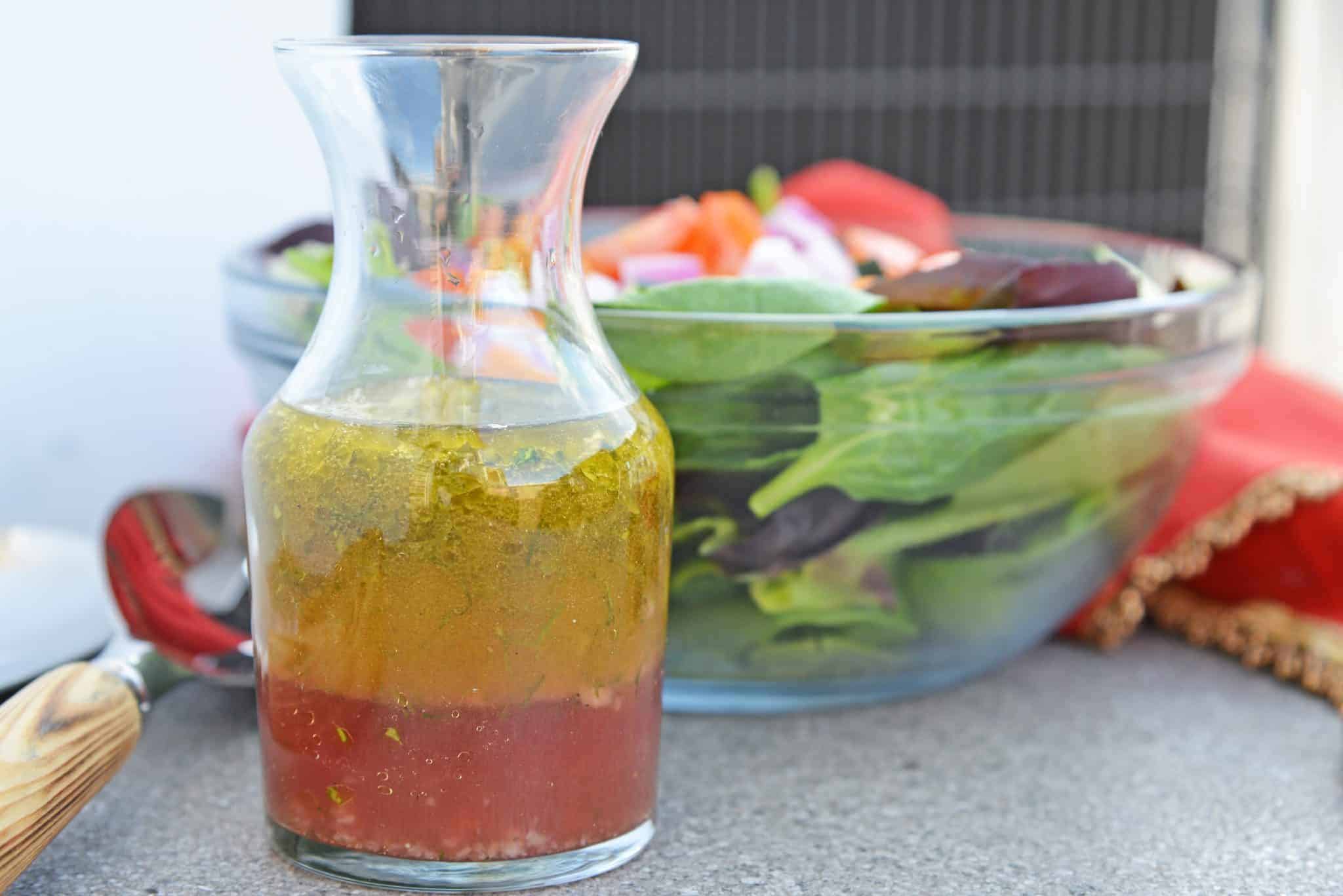
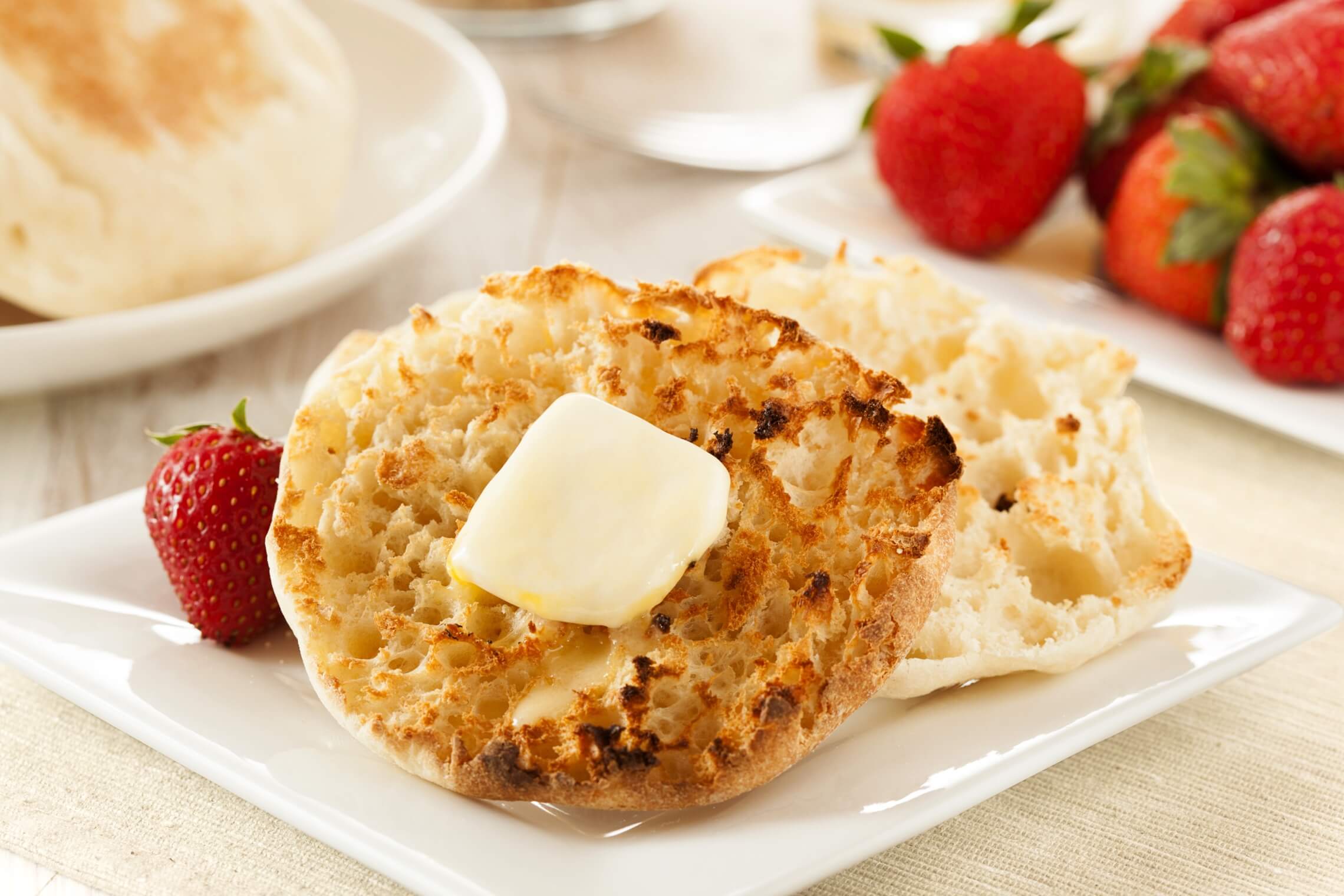

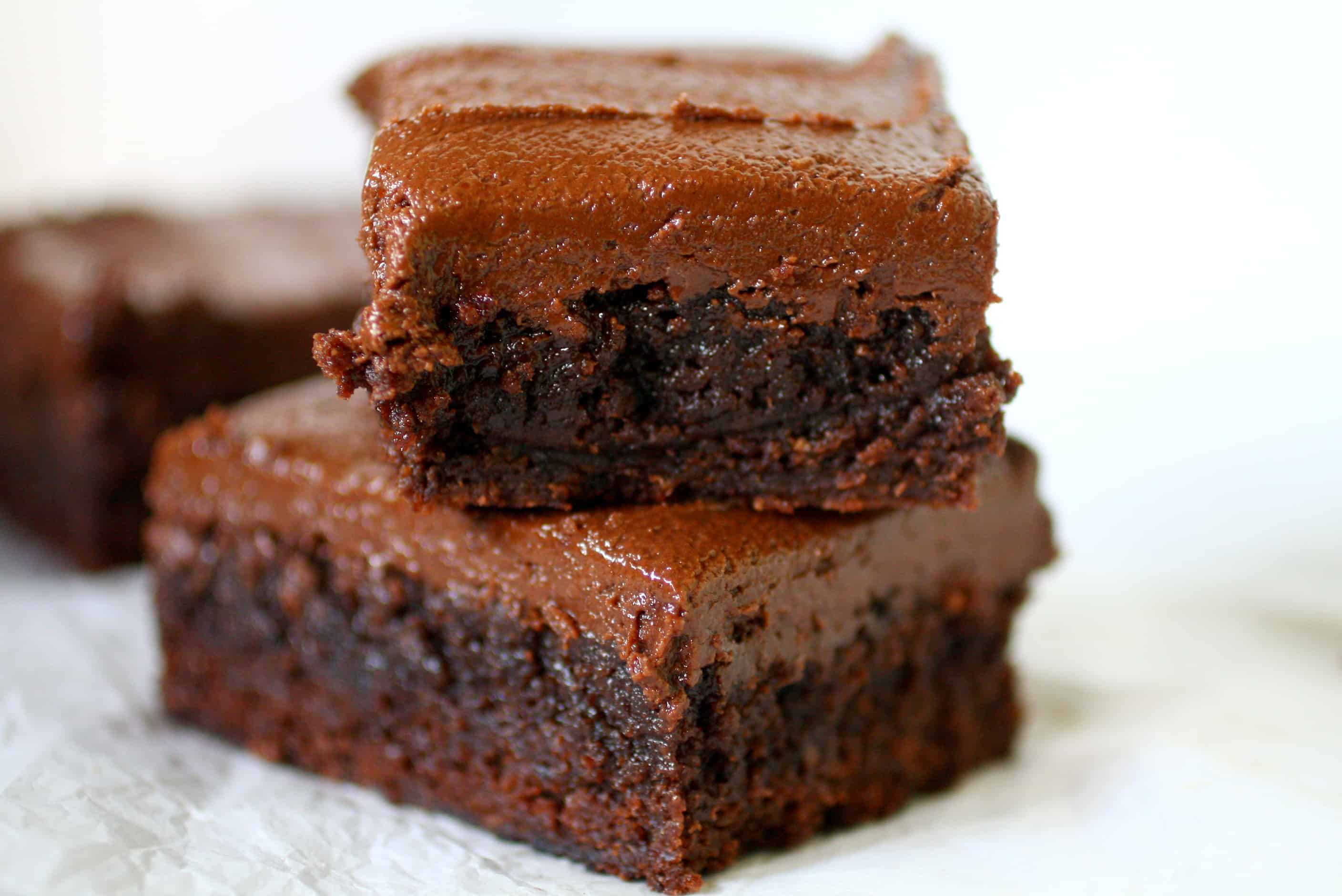
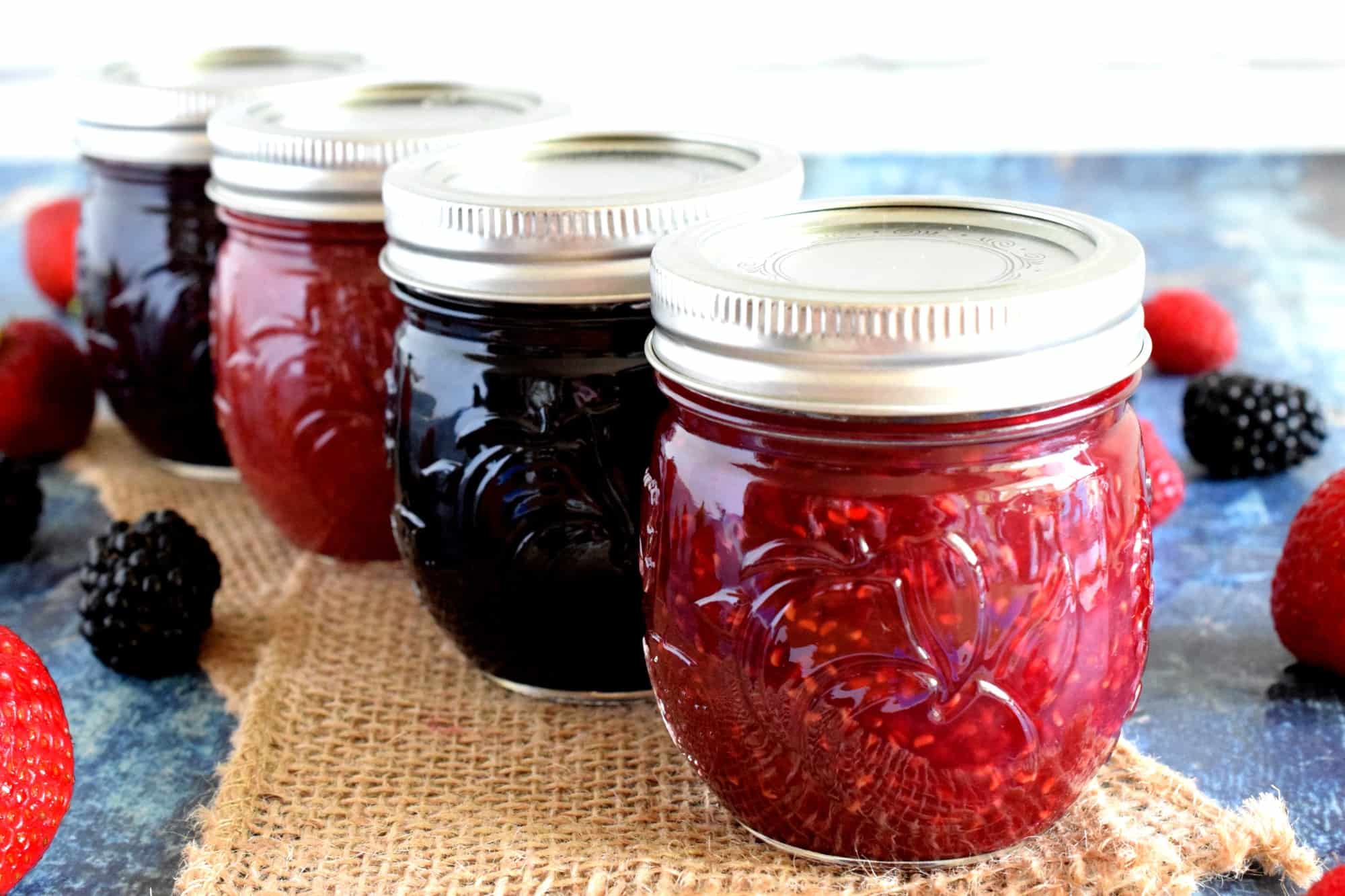
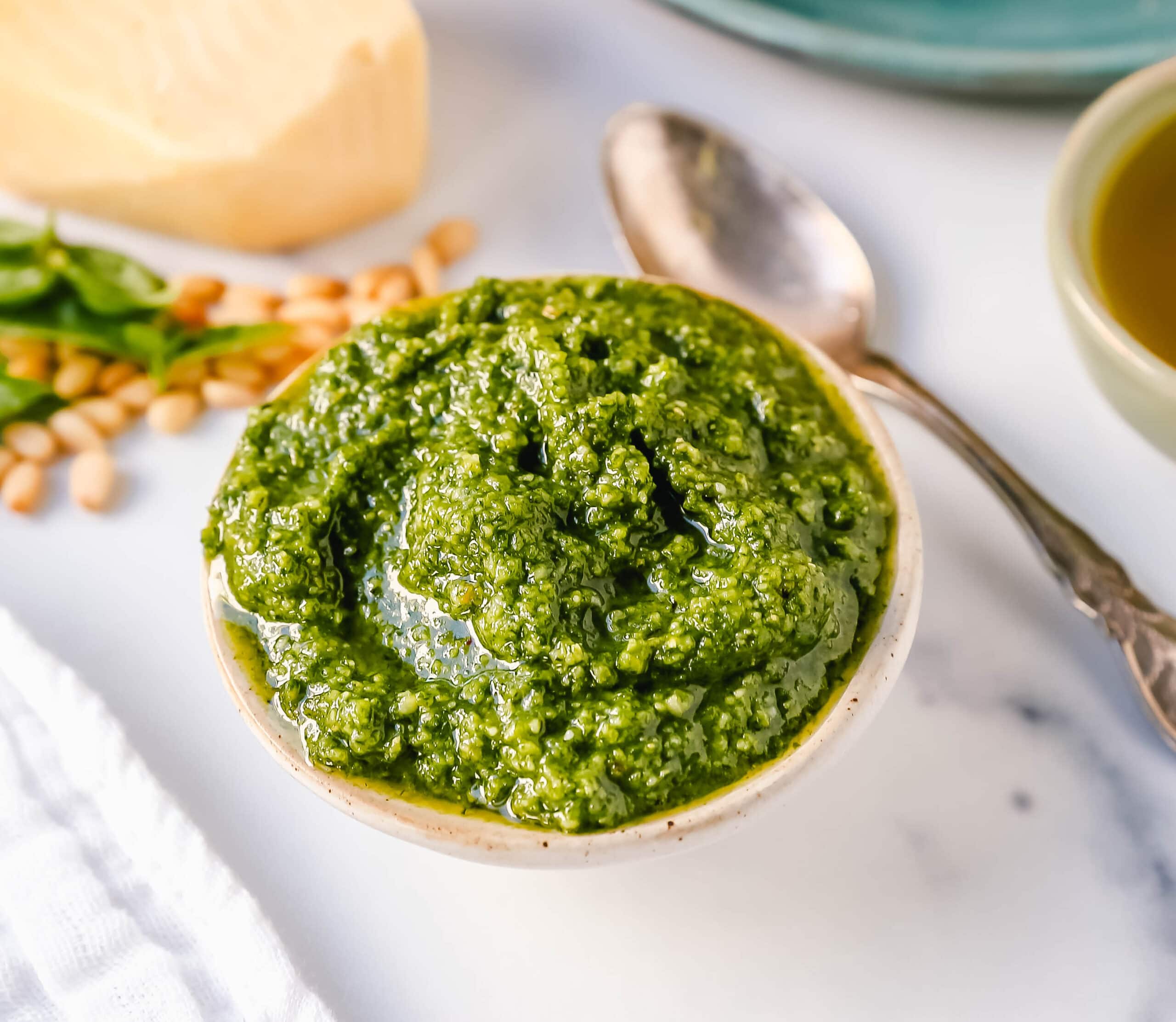
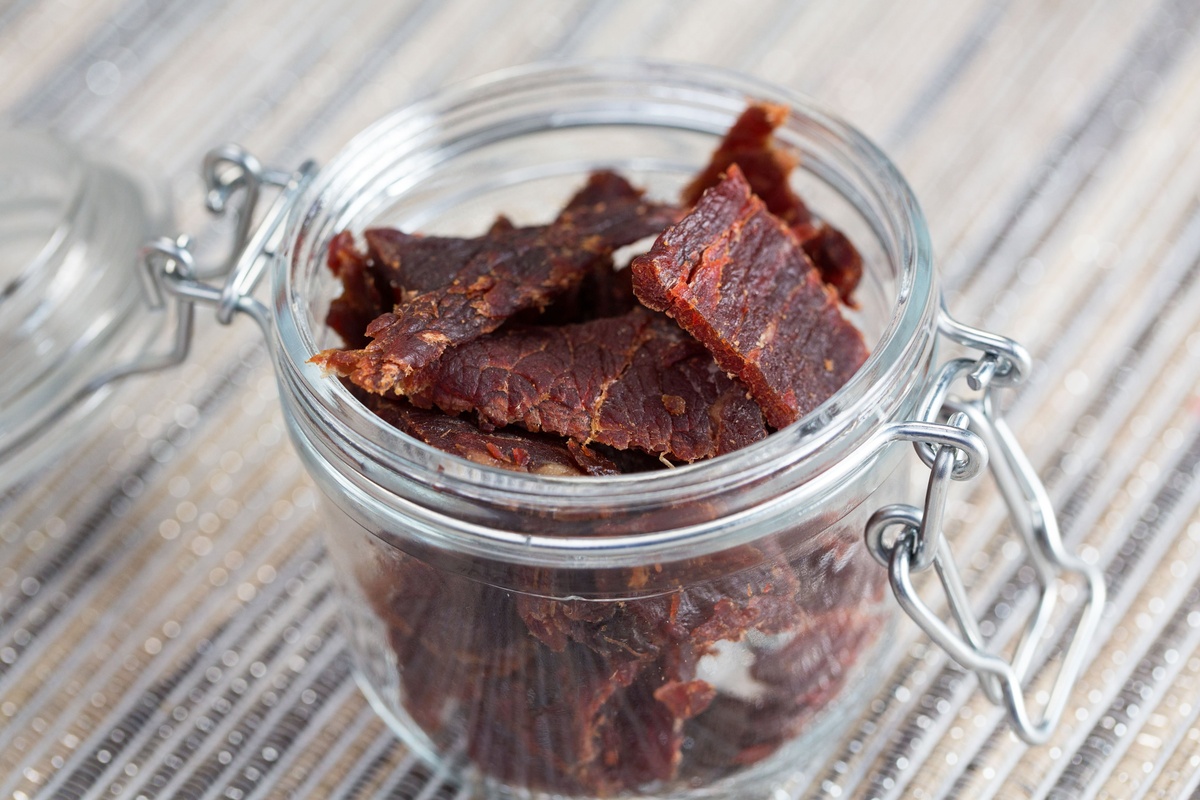
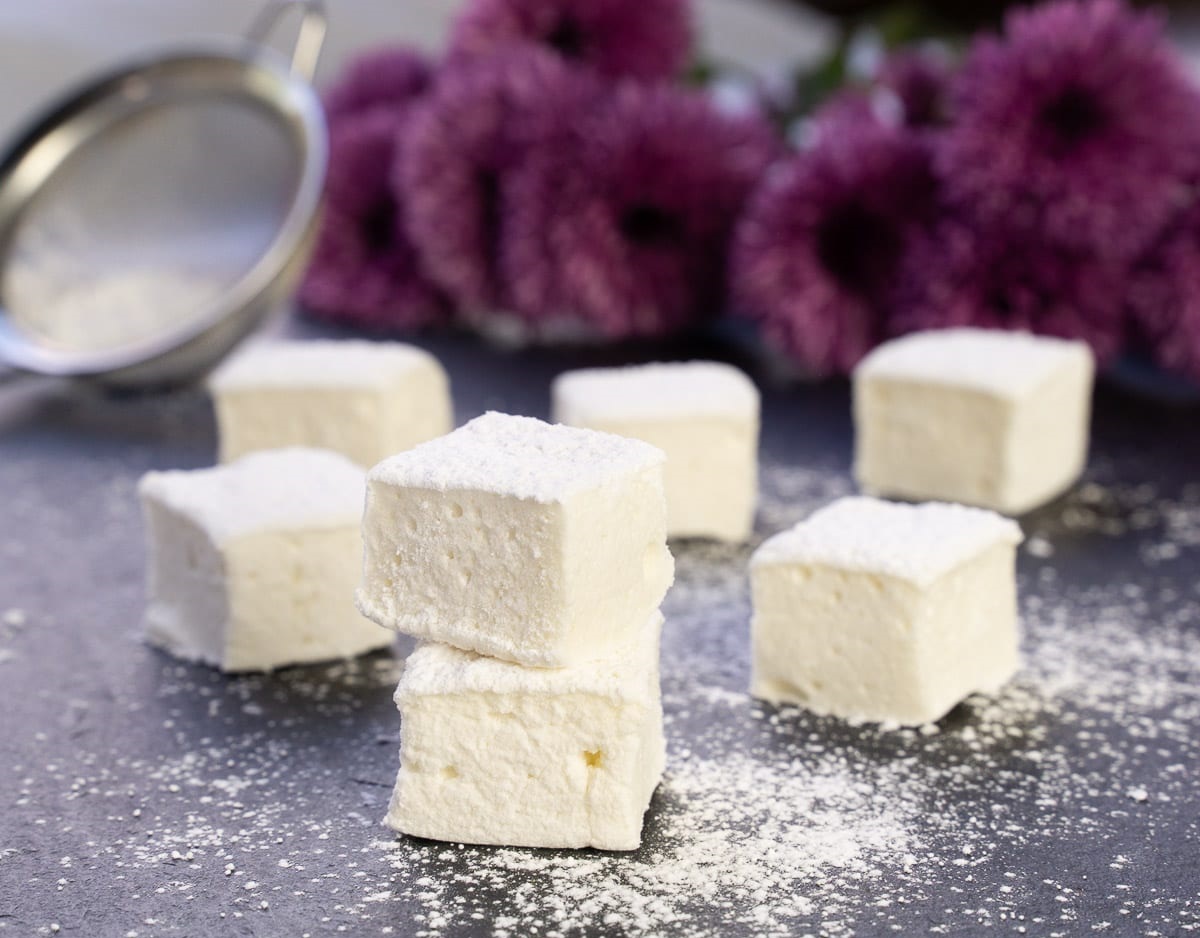
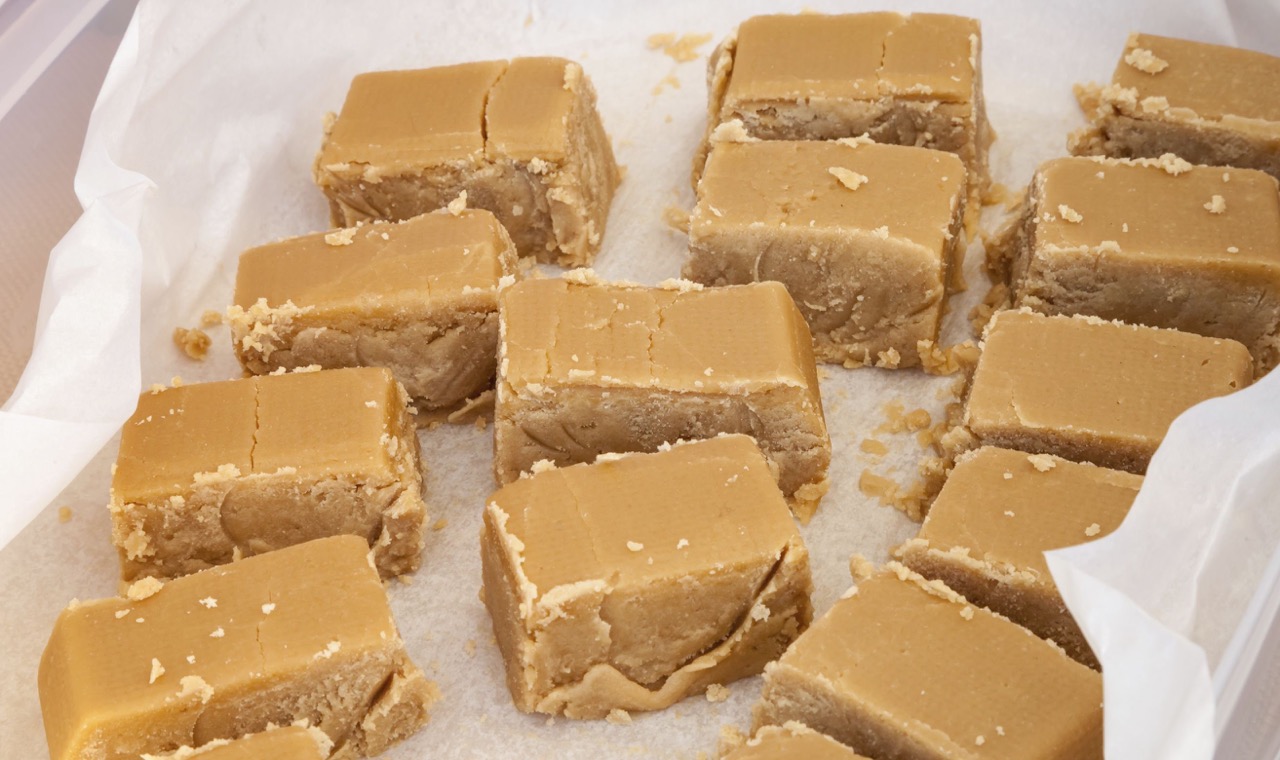

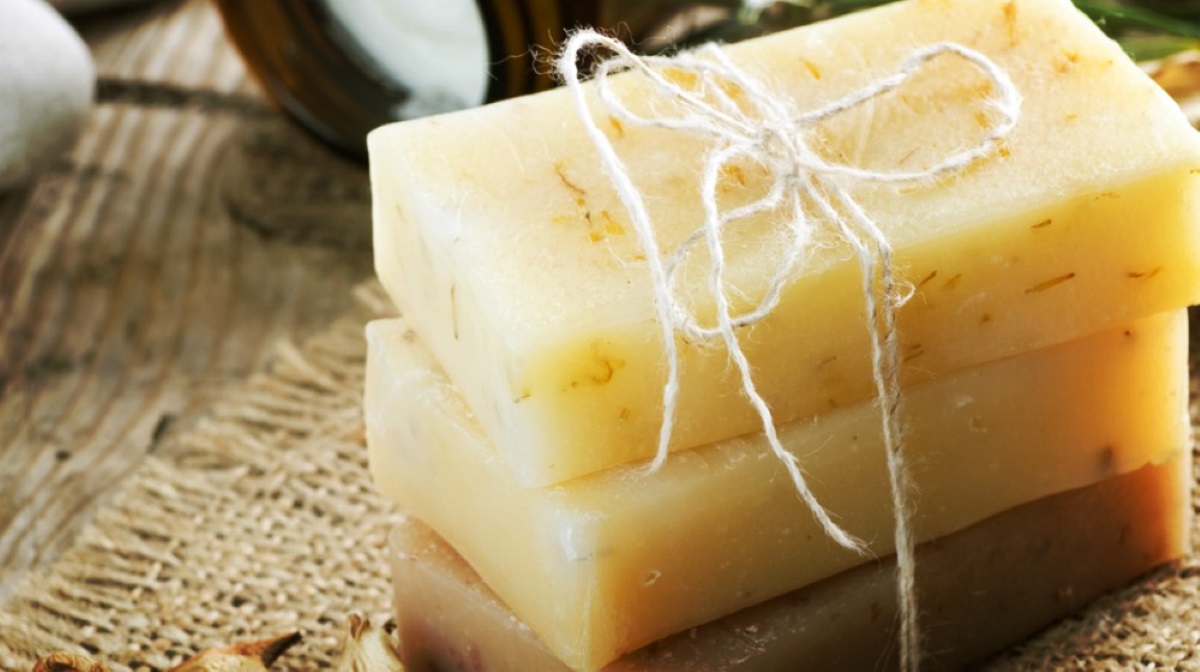

0 thoughts on “How To Store Homemade Toothpaste”